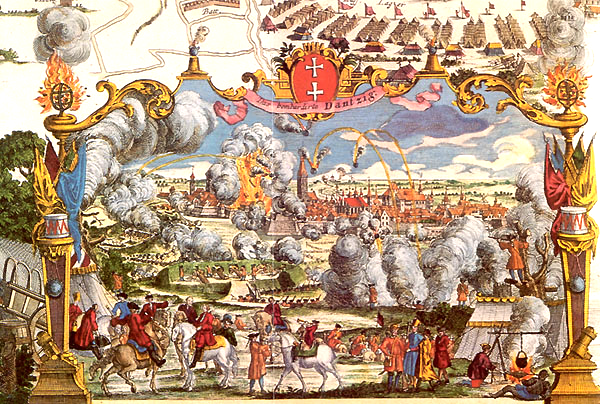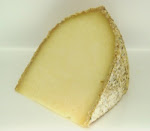Being a bit of a geek I
spend a lot of daydreaming time wondering about wargame rules in the never
ending search for the perfect set. I have been pondering again the rules for
the wars of wine and cheese and for the coffee table squares. When not day dreaming
I like to read about wargames and battles (like most of us).
Late spring of 1745 saw a
couple of very interesting battles for the wargamer, Fontenoy and
Hohendfreiburg. I was looking through Duffy’s “Frederick the Great – a military
life” as Hohenfreidburg is the next battle in line for the coffee table series
and then found myself skimming through “Wargaming in Hisory vol 2”; the chapter
on Fontenoy.
One particularly interesting
part of the Fontenoy is where the column of British & Hanoverian infantry
have advanced and shattered the awaiting French infantry with devastating
musketry and are charged by 30 squadrons of cavalry. The first line of horse is
driven back by steady volleys and are replaced by a second line who in their
turn charge and are driven back, some squadrons charging eight times to no avail.
I think my rules would
probably reflect this giving steady infantry a definite advantage over cavalry
charging head on.
However a month later and much further east
Lieutenant Chasot wrote of his experience with the Bayreuth Dragoons at
Hohenfreidburg. “…we broke into a trot
and finally a full gallop, putting our heads down and running into the Austrian
grenadiers. They at first stood and delivered a volley at twenty paces, after
which they were overthrown and mostly cut down.”
My rules would allow for
this if the volley was ineffective but Duffy writes of the ensuing mayhem – “Behind the grenadiers the Bayreuth
Were the Bayreuth
It’s back to the palimpsest
that are my rules to determine how to legislate for such differing results of
cavalry charging infantry in the mid C18.





























